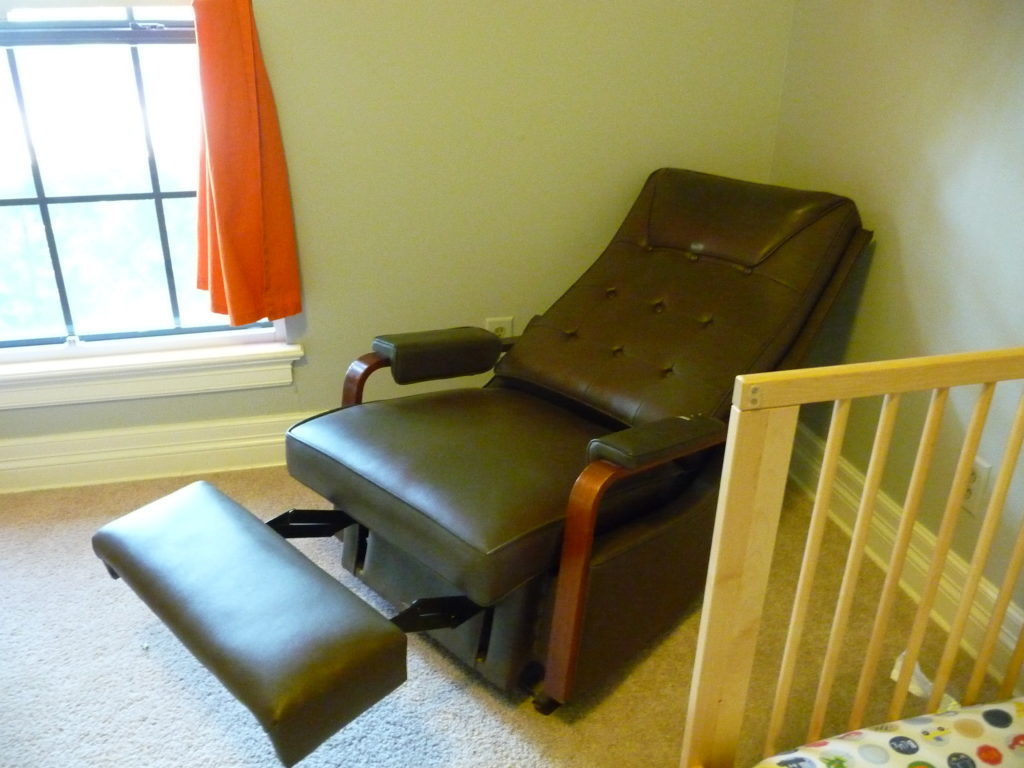

For the ultimate relaxation experience, your recliner should be a haven of tranquility. But when it starts to squeak, the serenity is shattered, and you’re left with a series of annoying noises. Don’t let that squeak spoil your peace; with our comprehensive guide, you’ll discover effective techniques for silencing your recliner and restoring its tranquility.


Gone are the days of wrestling with confusing instructions or costly repairs. We’ve broken down the process into easy-to-follow steps, making it accessible for DIY enthusiasts of all levels. Whether you have a favorite reclining chair or a brand-new set, our expert tips will help you tackle the squeak and reclaim your blissful relaxation.
To address the squeak effectively, it’s crucial to pinpoint its location. Conduct a thorough inspection of these common problem areas:
Tightening Loose Screws and Bolts:
Start by tightening any loose screws or bolts you identify during your inspection. Use a screwdriver or wrench to secure them firmly. Pay special attention to the areas where the seat cushion, backrest, and armrests connect to the frame.
Lubricating Reclining Mechanism:
Apply a few drops of lubricant, such as WD-40 or a dedicated recliner lubricant, to the moving parts of the reclining mechanism. This will reduce friction and eliminate any squeaking noises. Use the lubricant sparingly and avoid over-applying.
Tightening the Seat Cushion:
If the seat cushion is loose, you can tighten it by inserting wooden shims or adjusting the seat bracket screws. Shims can be placed between the cushion and the frame to provide additional support, while tightening the screws can secure the cushion in place.
Replacing Worn-out Parts:
In cases where a part has become severely worn or damaged, it may need to be replaced. This is especially true for older recliners or those that have been heavily used. If you’re not comfortable replacing parts yourself, consider seeking professional help.
Regular Cleaning and Maintenance: Keep your recliner clean and well-maintained to prevent squeaks in the future. Vacuum or wipe down the upholstery regularly to remove dust and debris that can accumulate and cause friction.
Proper Usage: Avoid overloading your recliner or reclining it too quickly. Follow the manufacturer’s weight recommendations and gently recline to minimize stress on the frame and mechanism.
Q: Why does my recliner squeak when I sit on it?
A: The squeak could be due to loose screws or bolts, a worn-out reclining mechanism, or a loose seat cushion.
Q: Can I fix a squeaky recliner myself?
A: Yes, most recliner squeaks can be resolved with basic DIY techniques, such as tightening loose fittings, lubricating the mechanism, or adding cushions to the seat.
Q: What type of lubricant is safe to use on a recliner?
A: Use a lubricant specifically designed for recliners or a general-purpose lubricant like WD-40. Always apply sparingly and avoid over-lubricating.
With our comprehensive guide, you’re now equipped to tackle any squeaky recliner and restore the serenity of your relaxation space. Remember to approach the repairs with caution and follow our expert tips and advice. If you have any questions or need further assistance, don’t hesitate to reach out to a professional for support.
Has this article helped you embark on your recliner rejuvenation journey? Share your experiences and any additional tips you’ve discovered in the comments below.
Introduction Image: www.youtube.com Browsing the internet is an essential part of our lives today; however,…
In the culinary realm, where innovative cooking techniques reign supreme, the air fryer has emerged…
A glimmering, inviting hot tub is an oasis of relaxation. But when the water takes…
Introduction: Image: www.archerytalk.com Do you yearn for a Thanksgiving or Christmas feast adorned with a…
Imagine the dismay of discovering a flooded laundry room due to a malfunctioning washing machine…
Vacuum breakers are often overlooked devices in a plumbing system but play an important role…